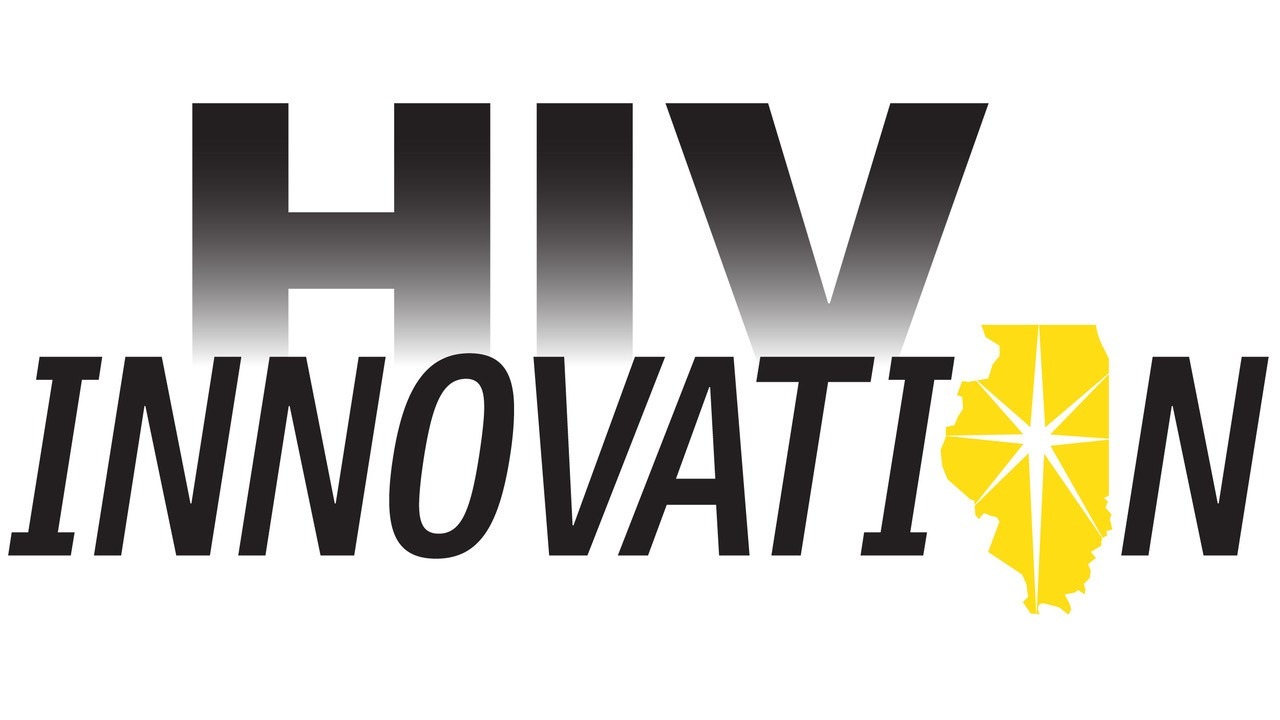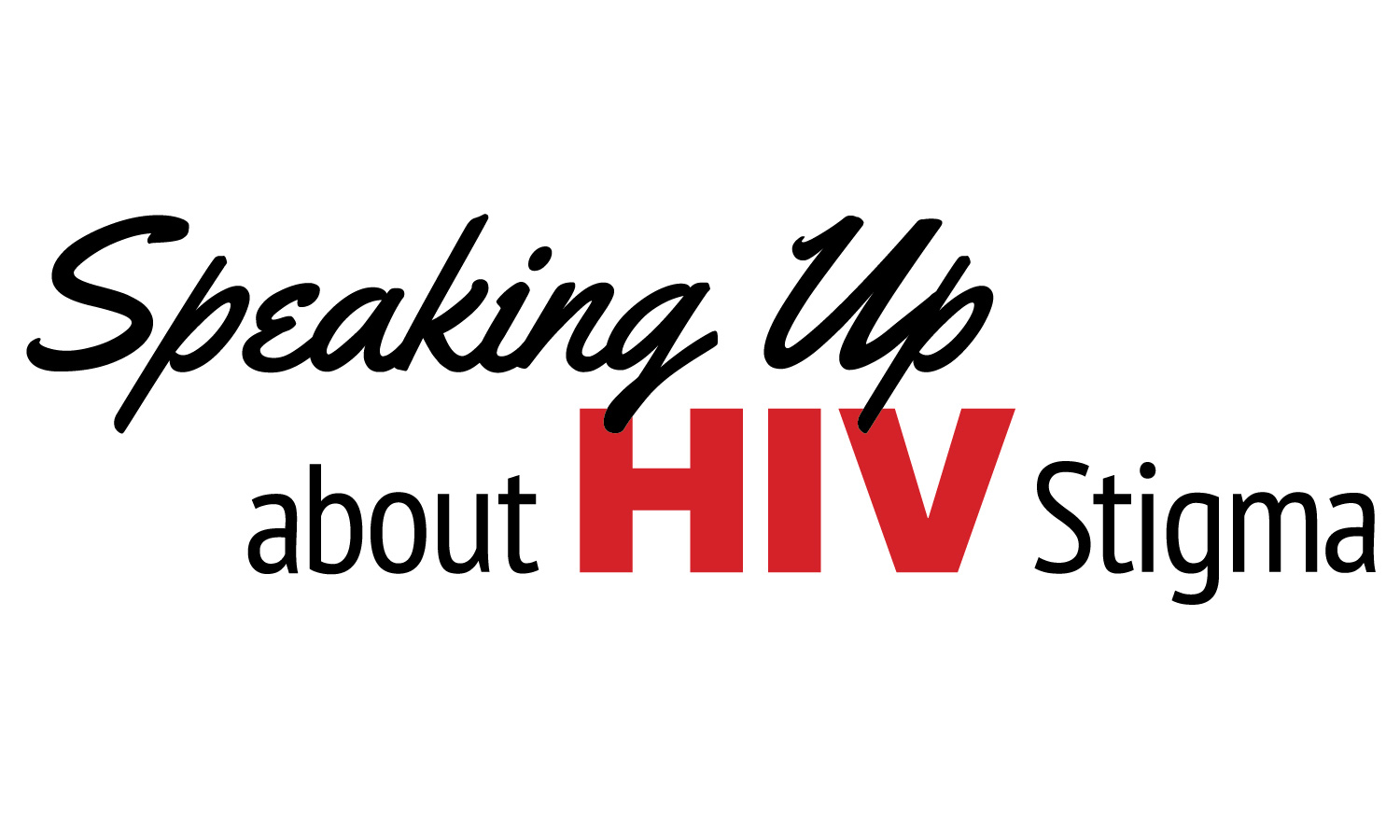While most new HIV diagnoses in Illinois occur among young persons, nearly half of residents living with HIV are age 50 and older. The 16,526 persons who are 50+ living with HIV in Illinois represent 46% of all persons living with HIV in Illinois, according to Illinois Department of Public Health (IDPH) data found on the Illinois Getting to Zero HIV Dashboard. About two-thirds of Illinois residents over the age of 50 living with HIV are men who have sex with men (MSM), and most are persons of color.
The relatively high percentage of persons living with HIV who are age 50 or older is due to improvements in the effectiveness of treatment with HIV medicine (called antiretroviral therapy or ART). Persons with HIV who are diagnosed early and who get and stay on ART can keep the virus suppressed and live long and healthy lives.
That’s a significant change from the early years of the epidemic when persons who were diagnosed with HIV or AIDS could expect to live only one or two years after their diagnosis.
HIV diagnoses among Illinois residents 50 and older
An all-time low of 177 new diagnoses – fewer than one in six new HIV diagnoses in Illinois in 2020 – were among persons over the age of 50, according to IDPH data. Gay, bisexual, same gender loving, and other MSM comprised the majority of these new HIV diagnoses.
The percentage of persons over the age of 50 with a late HIV diagnosis, a measure that represents missed opportunities to diagnose and treat HIV, remains consistently higher than that of the general population – 31% for persons over age 50 and 22% for the general population. This gap may have widened in 2020 due to the COVID-19 pandemic.
Late diagnoses can occur because health care providers may not always test older persons for HIV and older persons may mistake HIV symptoms for signs of normal aging and don’t consider HIV as a possible cause they should discuss with their provider. Late diagnoses mean older persons get a late start receiving the benefits of HIV treatment and possibly incur more damage to their immune system. This can lead to poorer prognoses and shorter survival after an HIV diagnosis. According to Centers for Disease Control and Prevention (CDC), in 2018, 35% of persons aged 50 and older already had late-stage HIV (AIDS) when they received a diagnosis.
The HIV continuum for persons 50+ in Illinois
The HIV care continuum outlines the steps or stages that persons with HIV go through from diagnosis to achieving and maintaining viral suppression – a very low or undetectable amount of HIV in the blood. Nearly all (92%) persons in Illinois over the age of 50 who were newly diagnosed with HIV in 2020 were linked to care within one year of diagnosis. About two-thirds were linked within one week from diagnosis, and more than 80% were linked within one month.
Although rates of linkage to care are high, many persons in Illinois over the age of 50 who were newly diagnosed did not stay in care or achieve viral suppression. Among all persons over the age of 50 living with HIV in Illinois, only 45% stayed in care and 66% were virally suppressed.
Progress to Illinois Getting to Zero HIV improvement targets for persons age 50+
While there has been promising movement towards Illinois Getting to Zero (GTZ) HIV goals, a greater focus will be required to achieve targets for linking to care, staying in care and viral suppression. For the age 50 and older age group, the percentage of late diagnoses of 31% in 2020 shows that more work is needed to achieve the targets of 12% in 2023 and 5% in 2030.
The percentage of persons over the age of 50 living with HIV in Illinois who were linked to care increased from 78% to 80% in 2020, but remained below the 90% 2023 and 95% 2030 GTZ targets. The percentage of Illinois residents over the age of 50 living with HIV who were engaged in care (72% in 2020) and who achieved viral suppression (66% in 2020) remain well below the 80% 2023 and 95% 2030 GTZ targets for engagement in care and 70% 2023 and 95% 2030 GTZ targets for viral suppression.
National HIV/AIDS and Aging Awareness Day (NHAAD) is observed each year on September 18. Founded by the AIDS Institute, NHAAD brings attention to issues related to HIV among older Americans, including new infections among older adults and adults over 50 aging with HIV.
Read more.









